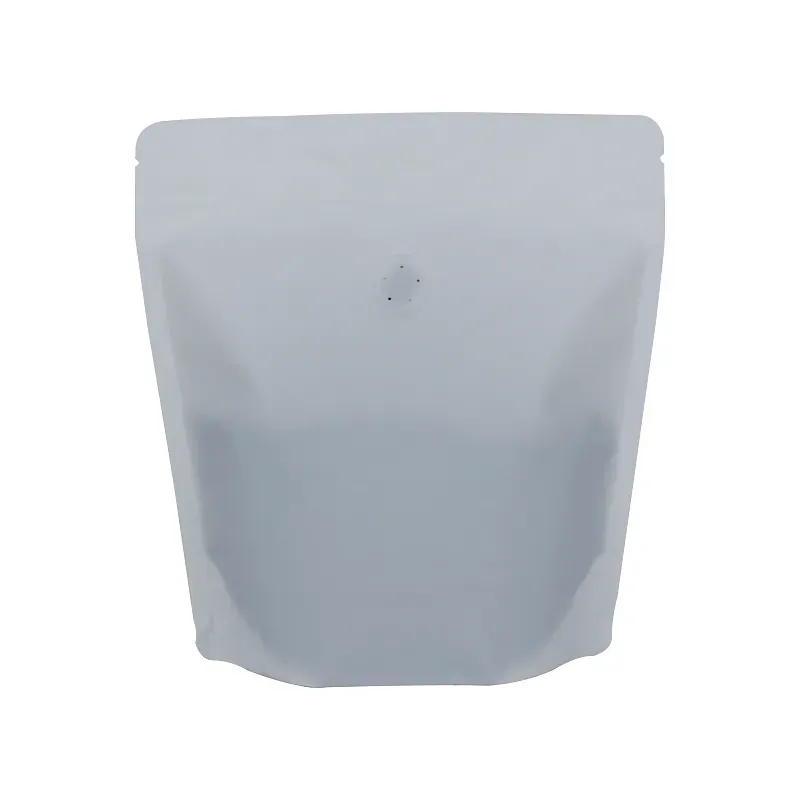- Afrikaans
- Albanian
- Amharic
- Arabic
- Armenian
- Azerbaijani
- Basque
- Belarusian
- Bengali
- Bosnian
- Bulgarian
- Catalan
- Cebuano
- chinese_simplified
- chinese_traditional
- Corsican
- Croatian
- Czech
- Danish
- Dutch
- English
- Esperanto
- Estonian
- Finnish
- French
- Frisian
- Galician
- Georgian
- German
- Greek
- Gujarati
- haitian_creole
- hausa
- hawaiian
- Hebrew
- Hindi
- Miao
- Hungarian
- Icelandic
- igbo
- Indonesian
- irish
- Italian
- Japanese
- Javanese
- Kannada
- kazakh
- Khmer
- Rwandese
- Korean
- Kurdish
- Kyrgyz
- Lao
- Latin
- Latvian
- Lithuanian
- Luxembourgish
- Macedonian
- Malgashi
- Malay
- Malayalam
- Maltese
- Maori
- Marathi
- Mongolian
- Myanmar
- Nepali
- Norwegian
- Norwegian
- Occitan
- Pashto
- Persian
- Polish
- Portuguese
- Punjabi
- Romanian
- Russian
- Samoan
- scottish-gaelic
- Serbian
- Sesotho
- Shona
- Sindhi
- Sinhala
- Slovak
- Slovenian
- Somali
- Spanish
- Sundanese
- Swahili
- Swedish
- Tagalog
- Tajik
- Tamil
- Tatar
- Telugu
- Thai
- Turkish
- Turkmen
- Ukrainian
- Urdu
- Uighur
- Uzbek
- Vietnamese
- Welsh
- Bantu
- Yiddish
- Yoruba
- Zulu
Printing Techniques for Plastic Materials and Their Applications
Printing onto Plastic A Modern Solution for Versatile Needs
In the modern world, plastic has become an integral part of our daily lives. From packaging to consumer products, its versatility and lightweight nature have made it a go-to material in various industries. However, the need for customization and branding has driven innovation in printing technologies, leading to sophisticated methods of printing onto plastic surfaces. This article delves into the significance, methods, and applications of printing onto plastic, highlighting its advantages and potential drawbacks.
The ability to print onto plastic is crucial for branding and product differentiation. Businesses often seek to create unique designs that stand out on store shelves. Traditional printing methods, such as screen printing, have been effective but are often limited in terms of color and detail. In contrast, digital printing technologies have revolutionized the way we can print onto plastic materials. These methods allow for high-resolution images, vibrant colors, and intricate patterns, all of which contribute to a more engaging consumer experience.
Printing onto Plastic A Modern Solution for Versatile Needs
Another popular method is digital inkjet printing, which allows for direct printing with minimal setup. This approach is highly adaptable, making it suitable for both small and large production runs. It supports a wide range of plastic substrates, from flexible films to rigid surfaces, thus catering to diverse industry needs. Moreover, advancements in ink formulations have improved durability, making inkjet printed plastic products resistant to fading and wear.
print onto plastic

Furthermore, solvent-based printing methods are also widely used for printing onto plastic. These inks penetrate the surface of the material, ensuring robust adhesion. Solvent printing is particularly effective for outdoor applications, as it can withstand exposure to moisture and UV light. This flexibility makes it a popular choice for banners, signage, and other outdoor displays.
Despite the benefits, printing onto plastic does come with challenges. Environmental concerns regarding plastic waste and the use of solvent-based inks have prompted many companies to seek more sustainable practices. Innovations in eco-friendly inks and biodegradable plastics are becoming more prevalent, allowing businesses to engage in responsible printing processes while maintaining aesthetic quality.
The impact of printing onto plastic extends beyond marketing. Custom-printed plastic products are increasingly finding applications in various fields, including medical, automotive, and consumer goods. In the medical field, for instance, personalized packaging for pharmaceuticals can improve patient safety and compliance by providing clear instructions. In the automotive industry, custom plastic components with printed designs can enhance the aesthetic appeal of vehicles.
In conclusion, printing onto plastic offers innovative solutions for branding, customization, and functionality. As technology continues to advance, we can expect even more impressive results with improved sustainability. The potential for high-quality, eye-catching designs on plastic materials is practically limitless, making it an essential aspect of modern manufacturing and marketing strategies. Whether for commercial use or creative projects, the advantages of printing onto plastic highlight its vital role in our increasingly visual world.













